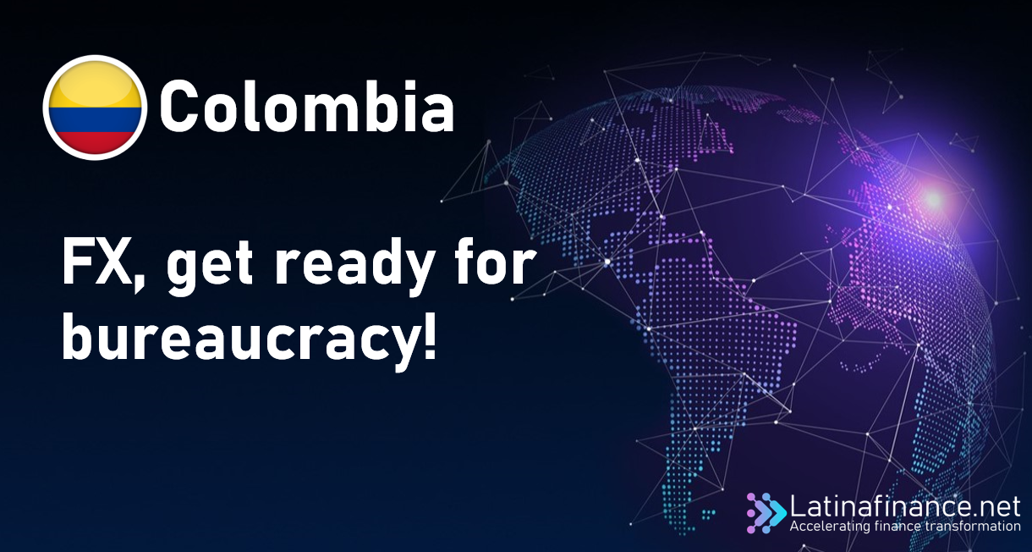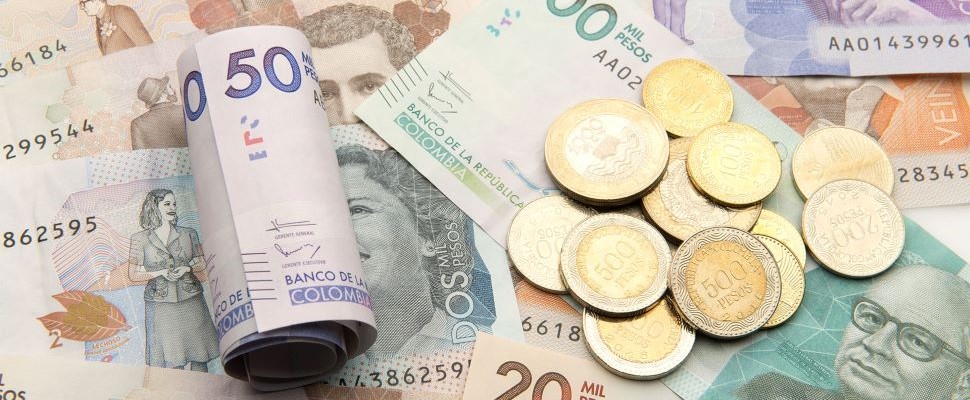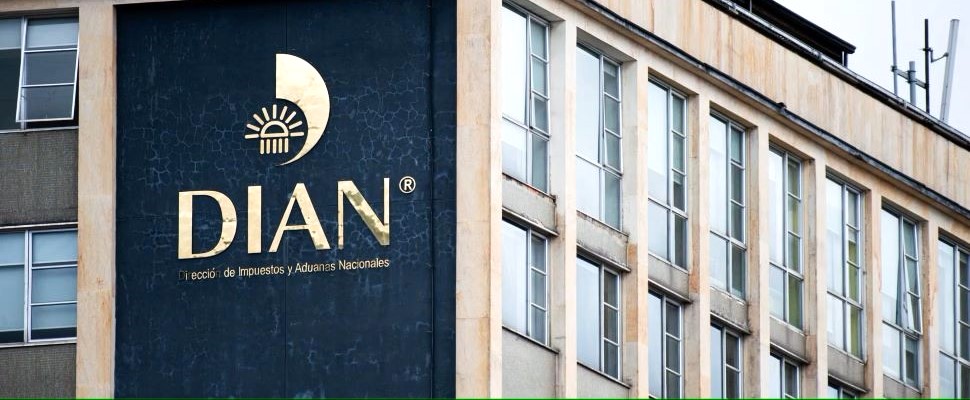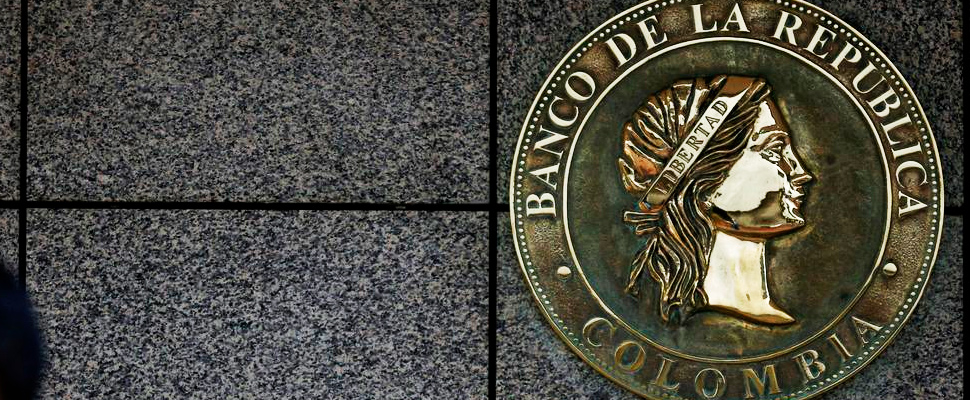
Unlocking Colombia’s currency maze: Navigating the foreign exchange regime
Colombia operates under a floating exchange regime as part of its broader economic strategy to manage inflation. The Colombian Central Bank oversees currency flows and intervenes by purchasing foreign currency to maintain stability, yet generally allows the exchange market to operate freely. While businesses can move foreign currency in and out of the country, they must adhere to cumbersome reporting and complex regulatory obligations, a true Rube Goldberg machine.
Per regulations, transactions between Colombian entities or residents must be conducted in Colombian pesos, necessitating foreign investors to convert currency for business transactions. Exceptions include payments from offshore accounts registered with the Colombian Central Bank (Cuentas de compensación) and transactions involving certain entities in the oil, gas, and mining sectors.
These include derivative financial operations, endorsements and guarantees in foreign currency, external loans, imports and exports, investment in foreign securities and assets, and capital investment abroad. Most currency exchanges involving pesos or foreign currency are subject to regulation, requiring transactions to be conducted through authorized channels such as financial institutions or foreign exchange market intermediaries.

Only through officially approved institutions
Authorised foreign exchange dealers, IMCs (Intermediarios del Mercado Cambiario) are institutions duly registered with the Central Bank (Banco de la Republica) and with the Foreign Exchange Information System (Sistema de Information Cambiaria).
They include :
- Banks, financial institutions, and registered stockbrokers
- Banco de Comercio Exterior de Colombia S.A. (Bancóldex)
- Financial cooperatives
- Public funds such as FNA, FINAGRO and FINDETER
- Finance payment and intermediation companies namely SICSFE and SEDPE
- Development finance institutions namely FDN and ENTERRITORIO
- The Colombian Institute for Educational Credit and Technical Studies Abroad (Icetex).
Corporations typically must use those institutions to close foreign exchange transactions related to (a) import/export trade deals, (b) remittances offshore (dividends, royalties, licence or technical assistance) and (c) for capital or debt inflows and outflows.
Import and export trading transactions
This certainly is the trickiest and most bureaucratic foreign exchange authorization process in Latam, as it refers to multiple resolutions and decisions from DIAN (Colombian Tax Authority which also controls FX transactions) and financial institutions such as Banco de la Republica (Central Bank).
Not only it is complex, but some rules are even sometimes subject to interpretation and only experts from banks and authorized finance institutions who are dealing daily with FX can do the job. Requests processes, forms to be filed, as well as document legalization (Customs declarations), are very complicated, and the authorities are very fussy. The process is so complex that it frequently incurs delays in transaction settlement leading to fines from DIAN. Frankly, I think that it is even worse than Brazil in that respect

A cumbersome process of FX transaction registration with DIAN that the IMC must complete
Every request lust be registered within the Dian’s portal – Supersociedades.While it seems to be basic and simple at first sight the forms to be filed and the supporting documentation are Kafkaesque.
Parties that can fill in the request are:
- Residents
- Compensation account holders
- Intermediarios del Mercado Cambiario (IMCs)
Basic information
- Transaction amount
- Description of the transaction
- Date of the transaction
- Origin and destination
- Each request must be individualized
- Obligation to have the necessary supporting documents showing the traceability and truthiness of the transaction.
Depending on the transaction it is managed either through DIAN or the Central Bank (for Compensation Accounts). The documents requested for Forex transactions are numerous including registers, invoices, legalized customs forms, tax slips etc…. and refer to a number of resolutions and decrees that are frequently revised.
A few exceptions…
Special sectors like oil, natural gas, and mining have unique foreign exchange policies. Companies in these sectors are not required to repatriate export-generated foreign currency, and technical service companies related to hydrocarbon exploration and production can operate in foreign currency without repatriation obligations. Expenses related to these projects must be paid in foreign currency, and companies must notify the central bank to be covered by these special provisions.

Transactions between parent company domiciled abroad and its branch established in Colombia
Between a parent company domiciled abroad and its branch established in Colombia, only the following foreign exchange transactions may take place:
- Transfer of allocated or additional capital
- Reimbursement of profits and allocated or additional capital
- Payment for reimbursable foreign trade transactions of goods
- Payment for services and technical assistance
- Intercompany financing
In the case of foreign intercompany financing (Foreign mother company to Colombian resident), Foreign loans must be reported to the Colombian Central Bank by filing a foreign loan registration Form No. 6
Don’t forget taxes…
Colombia still imposes a tax on financial transactions of 4/1000. At the same time, interest payments made abroad on loans or cross-border leasing agreements are subject to a 20% WHT. If the loan or cross-border agreement has a term equal to or greater than eight years and it is destined to finance government/private-run infrastructure projects under the conditions set in Law 1508 of 2012, a 5% WHT is triggered. Carefully look at double tax treaties as it could lower the rate to 10 or even 0% depending on the country.